Home>Gardening & Outdoor>Plant Care & Gardening Tips>Mums: How To Grow
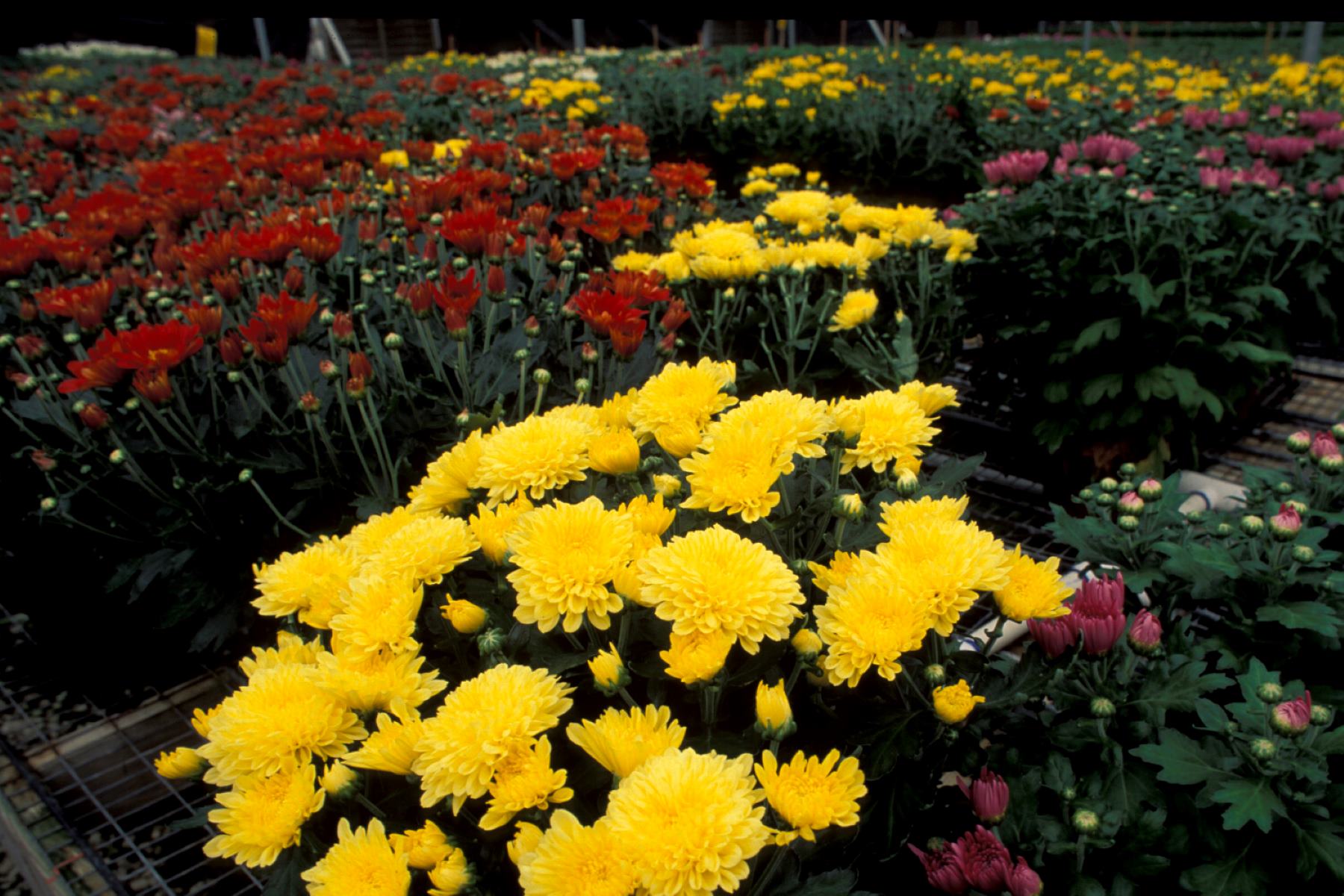

Plant Care & Gardening Tips
Mums: How To Grow
Modified: March 2, 2024
Discover expert plant care and gardening tips for mums to help you grow healthy and vibrant flowers in your garden. Learn essential techniques and advice for successful mum cultivation.
(Many of the links in this article redirect to a specific reviewed product. Your purchase of these products through affiliate links helps to generate commission for Storables.com, at no extra cost. Learn more)
Introduction
Mums, scientifically known as Chrysanthemums, are beloved for their vibrant blooms and remarkable versatility. These perennial plants are a staple in many gardens, adding a burst of color and charm to the landscape. Whether adorning flower beds, containers, or borders, mums are a delightful addition to any outdoor space.
In this comprehensive guide, we will delve into the art of growing and caring for mums, offering valuable insights and practical tips to help you nurture these beautiful flowers. From selecting the ideal location to mastering the art of watering, fertilizing, and combating pests, this article will equip you with the knowledge and expertise needed to cultivate thriving mums in your garden.
Join us on this horticultural journey as we explore the nuances of mums cultivation, unraveling the secrets to fostering healthy, robust plants that will dazzle with their resplendent blooms. Whether you're a seasoned gardener or a novice enthusiast, this guide is designed to empower you with the know-how to cultivate stunning mums that will elevate the allure of your outdoor space.
Key Takeaways:
- Choose the right location for mums with ample sunlight, well-drained soil, and protection from strong winds to ensure healthy, vibrant blooms in your garden.
- Regular pruning and deadheading of mums promote bushy growth and continuous blooming, while proactive pest and disease management safeguards their health and vitality.
Read more: How To Grow Mums To Sell
Choosing the Right Location
Selecting the optimal location for planting mums is crucial for their overall health and blooming potential. Mums thrive in areas that receive ample sunlight, ideally six hours or more per day. When scouting for the perfect spot, prioritize areas with well-drained soil to prevent waterlogging, which can lead to root rot. Additionally, ensure that the chosen location offers protection from strong winds, as excessive gusts can damage the delicate blooms and stems of mums.
When considering the soil type, aim for a loamy, well-aerated substrate that promotes healthy root development. Mums flourish in slightly acidic to neutral soil with a pH range of 6.5 to 7.0. Conduct a soil test to assess the pH level and make necessary amendments to create an optimal growing environment for your mums.
Furthermore, it's essential to factor in the spacing requirements of mums when selecting the planting site. Adequate spacing not only allows for proper air circulation, reducing the risk of fungal diseases, but also provides ample room for the plants to expand and flourish. Typically, mums should be spaced 18 to 36 inches apart, depending on the specific variety and growth habits.
In urban or suburban settings, consider the proximity of trees and shrubs that may compete with mums for nutrients and moisture. While mums can adapt to various conditions, it's best to avoid planting them in close proximity to aggressive root systems that may encroach upon their growing space.
By meticulously evaluating these factors and selecting a location that aligns with the sunlight, soil, and spacing requirements of mums, you can lay the foundation for a thriving and visually stunning display of these beloved flowers in your garden.
Selecting the Right Variety
When it comes to selecting the right variety of mums for your garden, the options are delightfully abundant. With a diverse array of colors, shapes, and sizes, mums offer a kaleidoscope of choices to suit every gardener's preferences and design aspirations. Understanding the different types of mums and their characteristics is pivotal in making informed decisions that align with your gardening goals.
-
Hardy Mums: These resilient varieties are well-suited for cooler climates, thriving in regions with chilly autumns. Hardy mums, also known as garden mums, are celebrated for their ability to withstand frost, making them a popular choice for fall displays. Their robust nature and vivid blooms make them a captivating addition to any garden.
-
Florist Mums: Renowned for their exquisite, intricate blooms, florist mums are favored for their ornamental appeal. These varieties often feature a single, large flower per stem, making them a striking choice for floral arrangements and indoor decor. With a wide spectrum of colors and petal shapes, florist mums offer endless possibilities for adding elegance to your living spaces.
-
Cushion Mums: Characterized by their compact, rounded growth habit, cushion mums are prized for their dense clusters of blooms, creating a lush carpet of color. These low-growing mums are ideal for edging, borders, and container gardening, infusing charm and vibrancy into any setting.
-
Spider Mums: With their distinctive, elongated petals resembling spider legs, these captivating mums add a touch of whimsy to gardens and floral arrangements. Their unique form and captivating texture make them a standout choice for those seeking to introduce an element of intrigue and allure to their floral displays.
-
Thousand Bloom Mums: As the name suggests, these mums are renowned for their astonishing profusion of blooms, creating a breathtaking spectacle of color. While they require meticulous care and attention, the stunning visual impact they deliver is unparalleled, making them a coveted choice for dedicated enthusiasts and special occasions.
When selecting the right variety of mums for your garden, consider factors such as climate suitability, intended use (e.g., garden display, floral arrangements), and aesthetic preferences. By carefully evaluating these aspects and exploring the diverse range of mums available, you can curate a captivating collection that reflects your unique style and vision for your garden.
Planting and Transplanting
Planting and transplanting mums are pivotal stages in their cultivation journey, laying the groundwork for robust growth and prolific blooming. Whether you're introducing new mums to your garden or relocating existing plants, strategic approaches can optimize their acclimatization and long-term vitality.
Planting New Mums
When planting new mums, it's essential to prepare the soil adequately to provide an optimal growing environment. Begin by digging a hole that is slightly wider and equal in depth to the root ball of the mum. Gently loosen the roots before placing the plant in the hole, ensuring that the crown sits at ground level. Backfill the hole with soil, pressing gently to remove air pockets, and water thoroughly to settle the soil around the roots.
Read more: How To Grow Mums From Seed
Transplanting Established Mums
Transplanting established mums requires careful handling to minimize stress and maximize their chances of successful relocation. The best time to transplant mums is in early spring, allowing them ample time to establish their root systems before the onset of blooming season. Start by digging around the drip line of the plant to preserve the root system, then carefully lift the mum, ensuring that the root ball remains intact. Replant the mum in the prepared location, following the same depth and spacing guidelines as for new plantings.
Considerations for Both Planting and Transplanting
Regardless of whether you're planting new mums or transplanting established ones, it's crucial to prioritize watering and mulching to support their transition. Provide ample water immediately after planting or transplanting to help the roots settle and mitigate transplant shock. Apply a layer of organic mulch around the base of the plants to conserve moisture, regulate soil temperature, and deter weed growth.
By approaching the planting and transplanting of mums with attentiveness and care, you can establish a strong foundation for their growth and development. These foundational practices set the stage for vibrant blooms and enduring vitality, ensuring that your mums thrive and enchant with their resplendent beauty.
Watering and Fertilizing
Proper watering and fertilizing practices are essential for nurturing healthy, flourishing mums throughout their growth cycle. By understanding the specific needs of these resilient plants and implementing targeted care routines, you can optimize their vigor and blooming potential.
Watering Guidelines
Mums benefit from consistent moisture levels, requiring regular watering to sustain their growth and vitality. During the initial establishment phase, it's crucial to keep the soil evenly moist, allowing water to penetrate the root zone effectively. However, it's equally important to avoid overwatering, as excessive moisture can lead to root rot and other detrimental conditions.
To gauge the watering needs of mums, perform a simple soil moisture assessment by inserting your finger into the soil. If the top inch of the soil feels dry to the touch, it's an indication that the mums require watering. When irrigating, aim to deliver water directly to the base of the plants, allowing it to permeate the root zone thoroughly. This targeted approach helps prevent foliage and blooms from becoming excessively wet, reducing the risk of fungal diseases.
In hot, dry weather, mums may necessitate more frequent watering to offset moisture loss. Conversely, during periods of excessive rainfall, it's crucial to monitor the soil drainage and adjust the watering frequency to prevent waterlogged conditions. By maintaining a balanced approach to watering, you can provide mums with the consistent moisture levels they require to thrive.
Read more: How Long Does It Take To Grow Mums
Fertilizing Best Practices
Fertilizing mums is a strategic endeavor that aims to fortify their nutrient intake and bolster their overall health. Before applying fertilizers, it's advisable to conduct a soil test to assess the existing nutrient levels and pH balance. This insight enables you to tailor the fertilization regimen to address any deficiencies and create an optimal growing environment for mums.
In early spring, as new growth emerges, administer a balanced, slow-release fertilizer formulated for flowering plants. This initial application provides mums with the essential nutrients needed to fuel robust growth and abundant blooms. Subsequently, apply a water-soluble fertilizer every 2-4 weeks during the growing season, following the manufacturer's instructions for dilution and application rates.
When fertilizing mums, it's imperative to avoid excessive nitrogen, as this can promote lush foliage at the expense of blooming. Instead, prioritize a fertilizer with higher levels of phosphorus to encourage prolific flowering and vibrant colors. Additionally, organic fertilizers, such as compost or well-decomposed manure, can be incorporated into the soil to enhance its structure and enrich the nutrient profile.
By adhering to these watering and fertilizing best practices, you can provide mums with the nurturing care they need to thrive and adorn your garden with an exuberant display of captivating blooms. These foundational elements of mums care, when executed with precision and attentiveness, contribute to the enduring vitality and visual splendor of these beloved flowering plants.
Pruning and Deadheading
Pruning and deadheading are essential practices that play a pivotal role in maintaining the health, appearance, and blooming prowess of mums. By understanding the nuances of these techniques and incorporating them into your mums care regimen, you can optimize the plants' vitality and ensure a continuous profusion of vibrant blooms.
Pruning for Shape and Vigor
Pruning mums is a strategic endeavor aimed at shaping the plants, promoting robust growth, and enhancing their overall appearance. In early spring, as new growth emerges, it's beneficial to prune mums to encourage branching and compact, bushy growth. Using clean, sharp pruning shears, trim the stems back by about one-third, targeting any leggy or straggly growth. This process stimulates lateral branching, resulting in fuller, more abundant foliage and a more compact, attractive form.
Additionally, throughout the growing season, inspect the mums for spent blooms, damaged foliage, or any signs of disease or pest infestation. Promptly removing these undesirable elements not only enhances the plants' aesthetic appeal but also prevents the spread of diseases and conserves their energy for producing new, healthy growth.
The Art of Deadheading
Deadheading, the practice of removing spent blooms, is a fundamental aspect of mums care that yields significant benefits. By promptly deadheading faded flowers, you redirect the plants' energy from seed production back into blooming, encouraging the development of new buds and prolonging the flowering period. This meticulous approach results in a continuous cascade of fresh, vibrant blooms, extending the visual splendor of mums throughout the season.
When deadheading mums, utilize clean, sharp scissors or pruning shears to snip off the spent blooms just above a set of healthy leaves or a lateral bud. This precise technique not only maintains the plants' tidy appearance but also stimulates the production of new flowering shoots, ensuring a bountiful display of captivating blooms.
By integrating pruning and deadheading into your mums care routine, you can cultivate robust, visually appealing plants that captivate with their resplendent blooms. These practices not only contribute to the plants' aesthetic allure but also promote their overall health and longevity, underscoring the significance of these meticulous techniques in nurturing thriving, vibrant mums.
Dealing with Pests and Diseases
Maintaining the health and vitality of mums involves proactive measures to combat potential threats posed by pests and diseases. By staying vigilant and implementing targeted strategies, you can safeguard your mums from detrimental infestations and ensure their enduring well-being.
Pest Management
Mums are susceptible to various pests that can compromise their growth and blooming potential. Common pests that may afflict mums include aphids, spider mites, thrips, and caterpillars. To mitigate these threats, regular inspection of the plants is essential to detect early signs of infestation. If pests are identified, consider employing natural remedies such as insecticidal soaps or neem oil to deter and control their presence. Additionally, introducing beneficial insects, such as ladybugs or lacewings, can serve as a natural means of pest management, helping to maintain a balanced ecosystem in the garden.
Disease Prevention
Fungal diseases, such as powdery mildew and leaf spot, can pose significant challenges to the health of mums, particularly in humid or damp conditions. To prevent fungal infections, it's crucial to promote good air circulation around the plants by ensuring proper spacing and removing any overcrowded, decaying foliage. Furthermore, watering the plants at the base and avoiding wetting the foliage can help minimize the risk of fungal diseases. In cases where preventive measures are insufficient, applying fungicidal treatments according to the specific disease and its severity can aid in controlling and mitigating the spread of fungal infections.
Integrated Pest Management
Adopting an integrated approach to pest and disease management is paramount in maintaining the health and resilience of mums. This holistic strategy encompasses a combination of preventive measures, cultural practices, and targeted interventions to address specific issues as they arise. By fostering a balanced ecosystem, promoting plant vigor through proper care, and utilizing targeted treatments when necessary, you can effectively manage pests and diseases while minimizing the impact on the overall garden environment.
By proactively addressing potential threats from pests and diseases, you can fortify the resilience of your mums and cultivate a thriving, visually captivating garden. Through attentive monitoring, prompt intervention, and a commitment to integrated pest management, you can nurture mums that flourish with vitality and enchant with their resplendent beauty.
Read more: How To Pick Mums
Overwintering and Dividing
As the growing season draws to a close, preparing mums for the challenges of winter and strategically dividing established clumps are essential practices that contribute to the long-term health and vigor of these beloved flowering plants.
Overwintering Preparations
As winter approaches, mums benefit from proactive measures to shield them from the harsh conditions and ensure their survival through the cold months. Adequate mulching serves as a protective barrier, insulating the roots and shielding them from extreme temperature fluctuations. Apply a generous layer of organic mulch, such as straw or shredded leaves, around the base of the plants, extending it to cover the root zone. This safeguarding layer helps maintain stable soil temperatures and conserves moisture, safeguarding the mums from the desiccating effects of winter winds.
In regions with severe winters, additional protective measures, such as erecting windbreaks or utilizing frost cloths, can offer supplementary defense against freezing temperatures and frost damage. By implementing these precautions, you can fortify the mums' resilience and enhance their prospects of thriving when spring arrives.
Dividing Established Clumps
Dividing mature mums is a strategic practice that rejuvenates the plants, promotes vigorous growth, and expands their presence in the garden. Over time, established clumps of mums may become overcrowded, leading to reduced blooming and diminished overall vitality. Dividing these clumps every few years rejuvenates the plants, allowing them to allocate resources more efficiently and flourish with renewed vigor.
To divide mums, begin by carefully digging up the entire clump, ensuring that the root system remains intact. Using a sharp, clean garden spade, divide the clump into smaller sections, each containing healthy roots and viable growing points. Replant these divisions in prepared soil, spacing them adequately to allow for unrestricted growth and optimal blooming potential.
Dividing mums is ideally performed in early spring, allowing the plants ample time to establish themselves before the onset of blooming season. By undertaking this rejuvenating practice, you can invigorate the mums, stimulate robust growth, and expand their presence in the garden, fostering a captivating display of resplendent blooms.
By integrating these overwintering preparations and strategic dividing practices into your mums care routine, you can fortify the plants' resilience, promote their enduring vitality, and set the stage for a bountiful showcase of vibrant blooms in the seasons to come.
Conclusion
In conclusion, the art of growing and caring for mums encompasses a rich tapestry of practices, each contributing to the plants' enduring vitality and captivating beauty. From selecting the optimal location and variety to mastering the nuances of planting, watering, and pruning, nurturing mums is a rewarding journey that unfolds with each season. As the vibrant blooms unfurl and paint the garden with a kaleidoscope of colors, the meticulous attention to detail and nurturing care invested in mums cultivation yield a bountiful harvest of natural splendor.
The journey of cultivating mums is a testament to the harmonious interplay between horticultural expertise and the innate beauty of nature. It is a journey that invites us to embrace the ebb and flow of the seasons, celebrating the resilience and grace of these beloved flowering plants. As mums grace our gardens with their resplendent blooms, they serve as a poignant reminder of the enduring cycles of growth, renewal, and the timeless allure of the natural world.
Through the art of growing mums, we forge a profound connection with the rhythms of the earth, nurturing life and beauty in our outdoor sanctuaries. The vibrant hues and delicate petals of mums stand as a testament to the transformative power of dedicated care, patience, and the boundless wonders of the botanical realm. As we tend to these resilient plants, we are not merely cultivating a garden; we are fostering a sanctuary of tranquility, a living canvas that evolves with the seasons, and a testament to the enduring beauty woven into the fabric of nature.
In the symphony of nature, mums stand as a resplendent crescendo, a testament to the enduring allure of the botanical world. As we immerse ourselves in the art of growing and caring for mums, we embark on a journey of discovery, reverence, and unwavering appreciation for the profound beauty that graces our gardens. With each meticulous pruning, nurturing embrace, and tender gesture, we perpetuate the timeless legacy of mums, cultivating a legacy of natural splendor that transcends the boundaries of time and space.
In the garden of life, mums stand as steadfast sentinels of beauty, resilience, and the enduring cycle of growth. As we partake in the art of growing and caring for mums, we become stewards of a living tapestry, weaving a narrative of vitality, grace, and the timeless allure of nature's bountiful offerings. With each season, mums beckon us to embrace the transformative power of dedicated care, nurturing the very essence of life and beauty that flourishes in our midst.
Frequently Asked Questions about Mums: How To Grow
Was this page helpful?
At Storables.com, we guarantee accurate and reliable information. Our content, validated by Expert Board Contributors, is crafted following stringent Editorial Policies. We're committed to providing you with well-researched, expert-backed insights for all your informational needs.
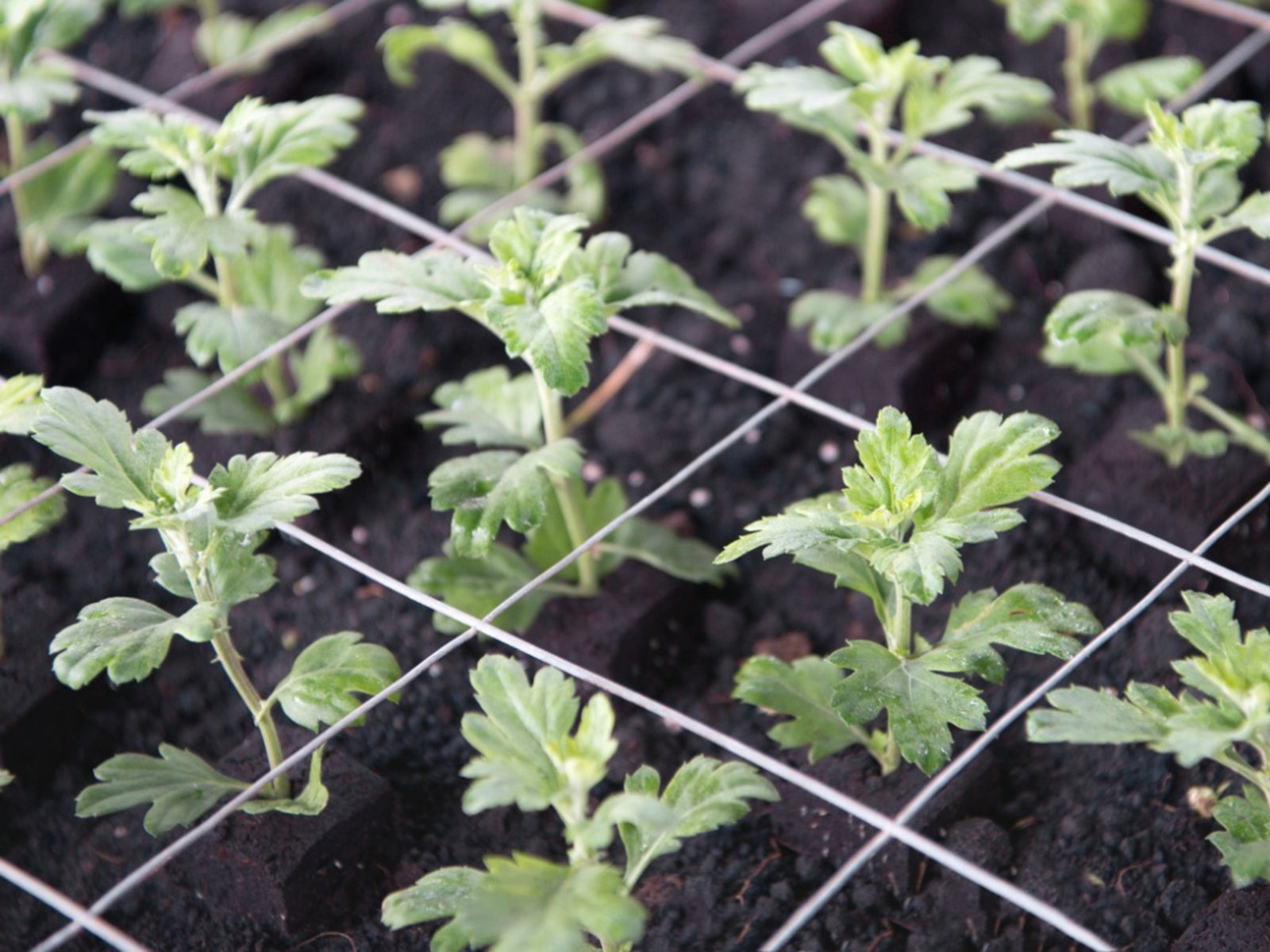
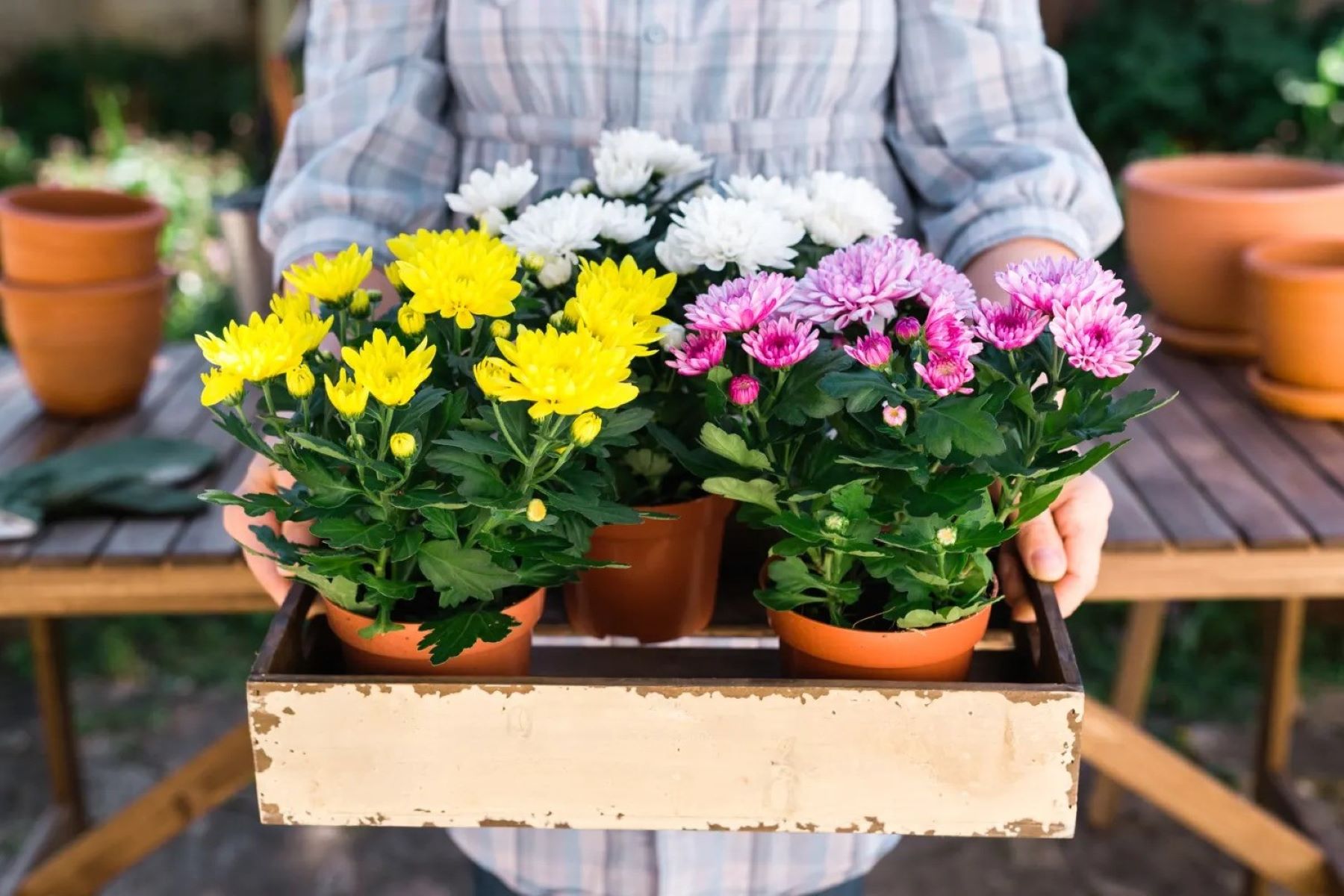
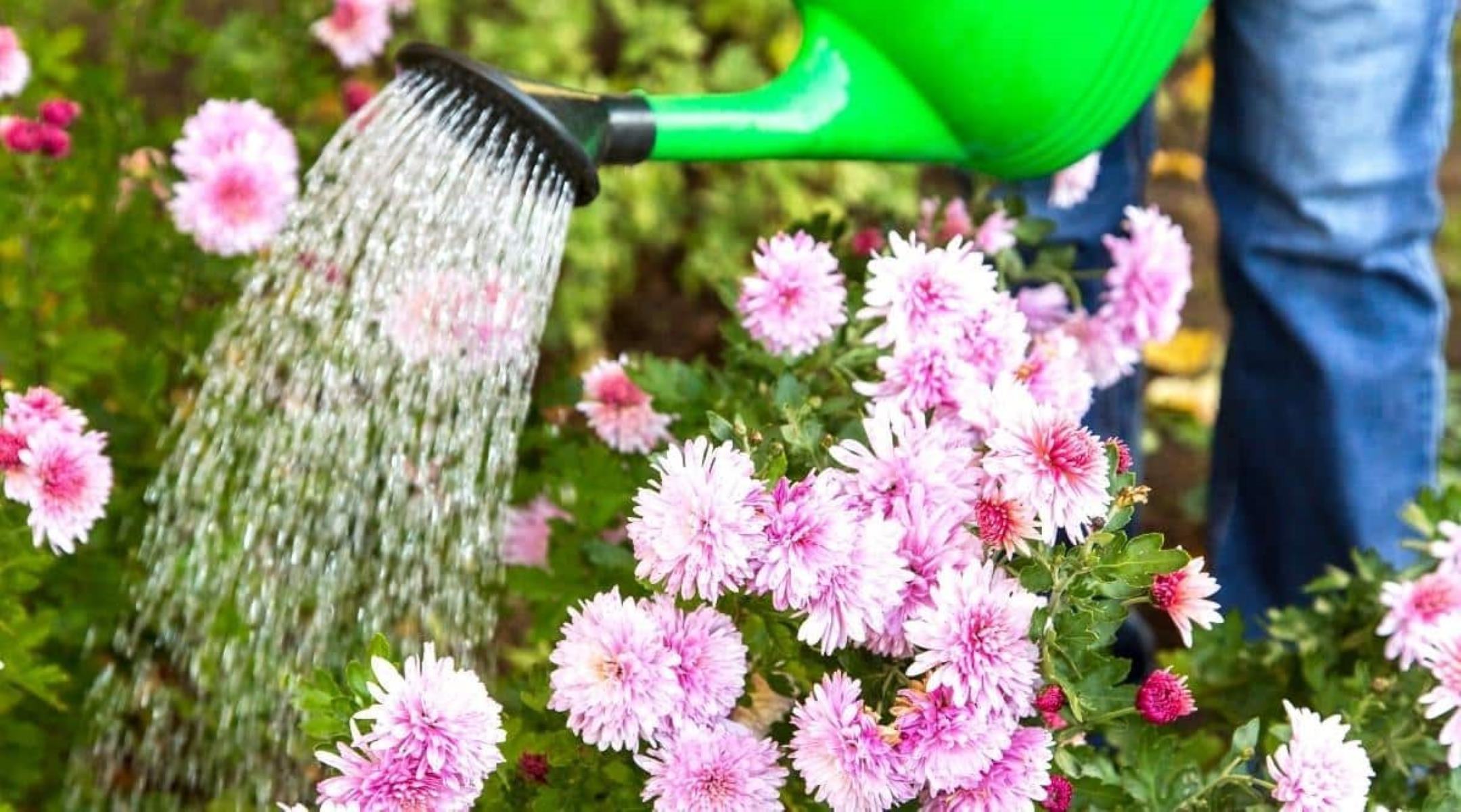
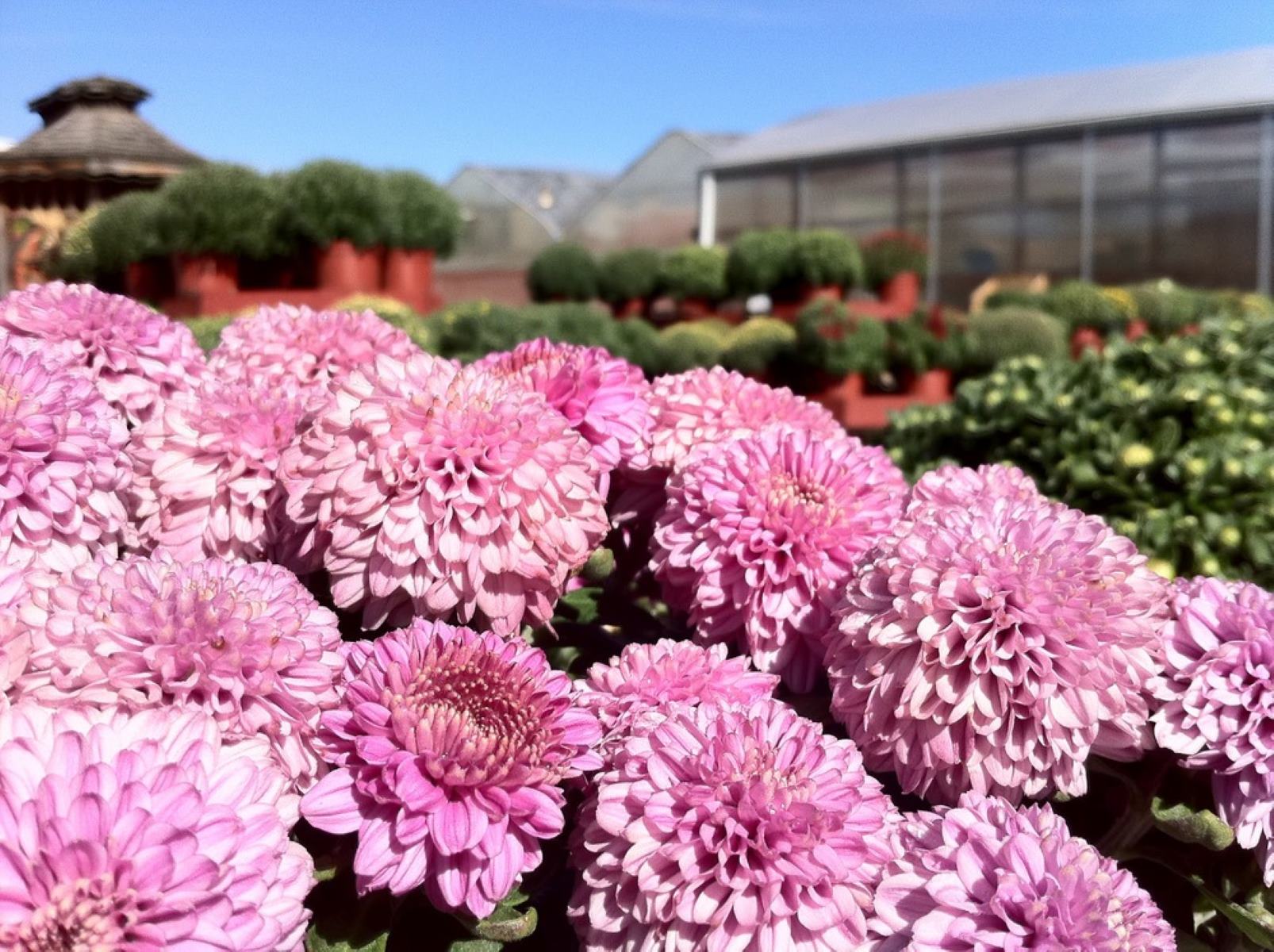
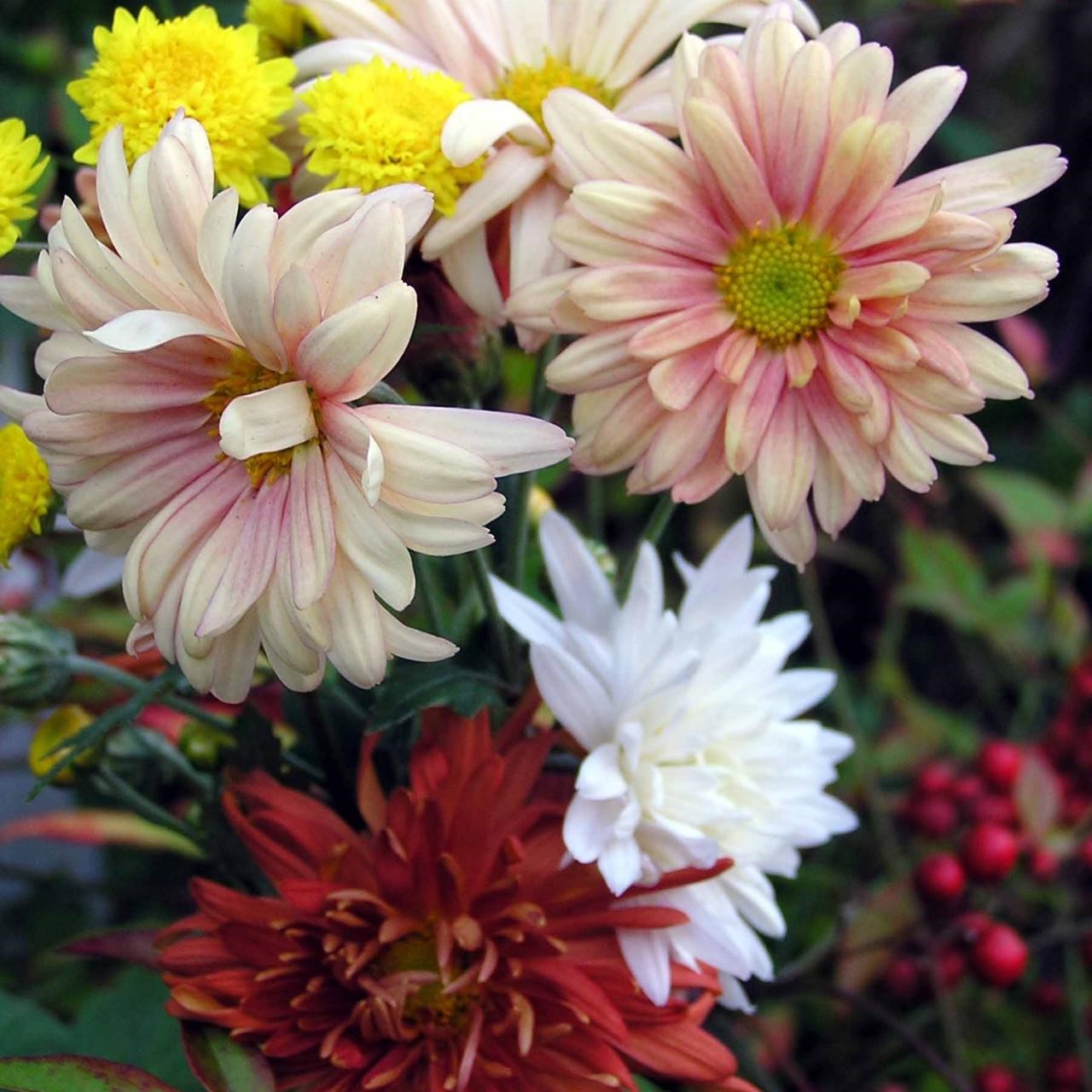
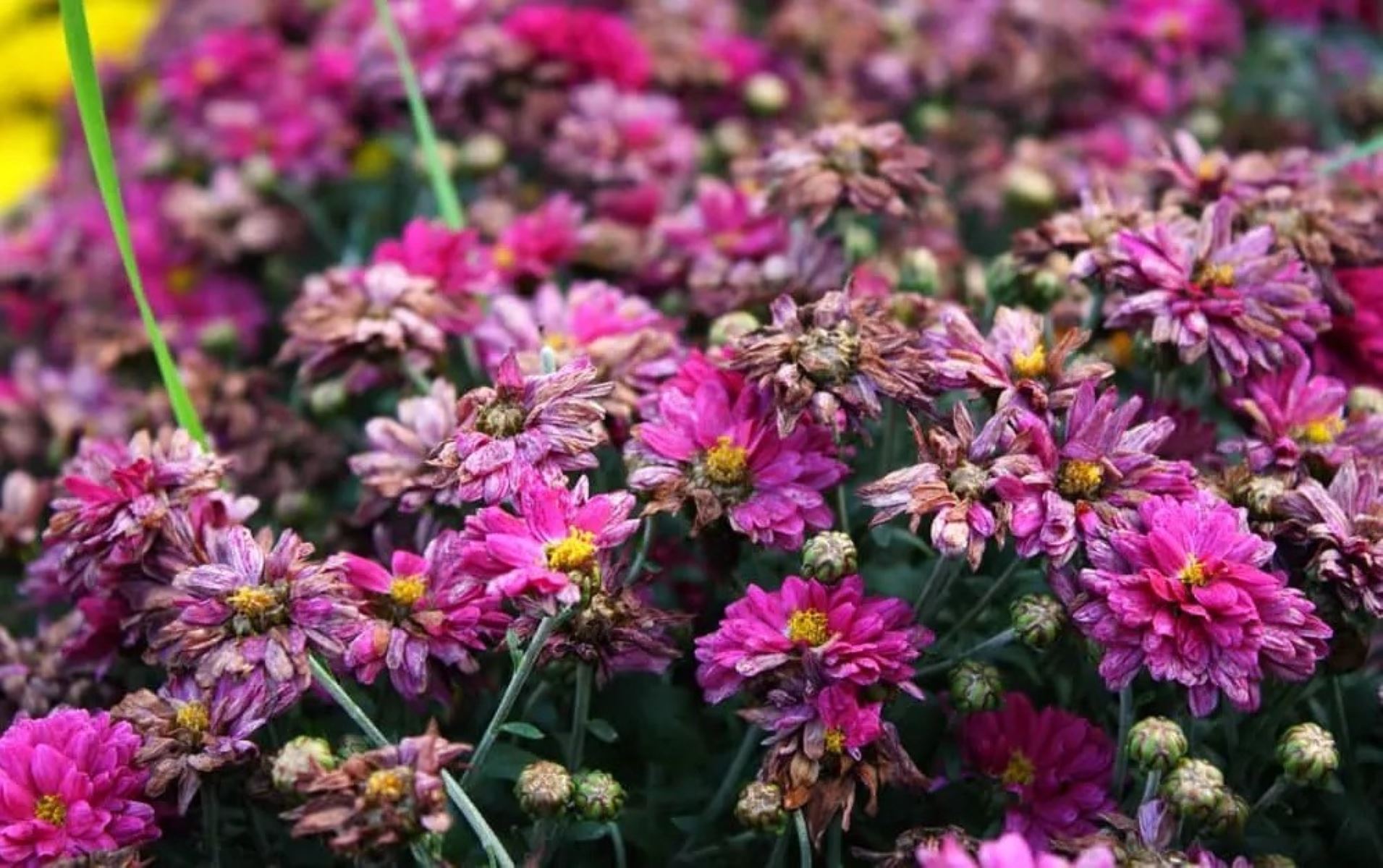
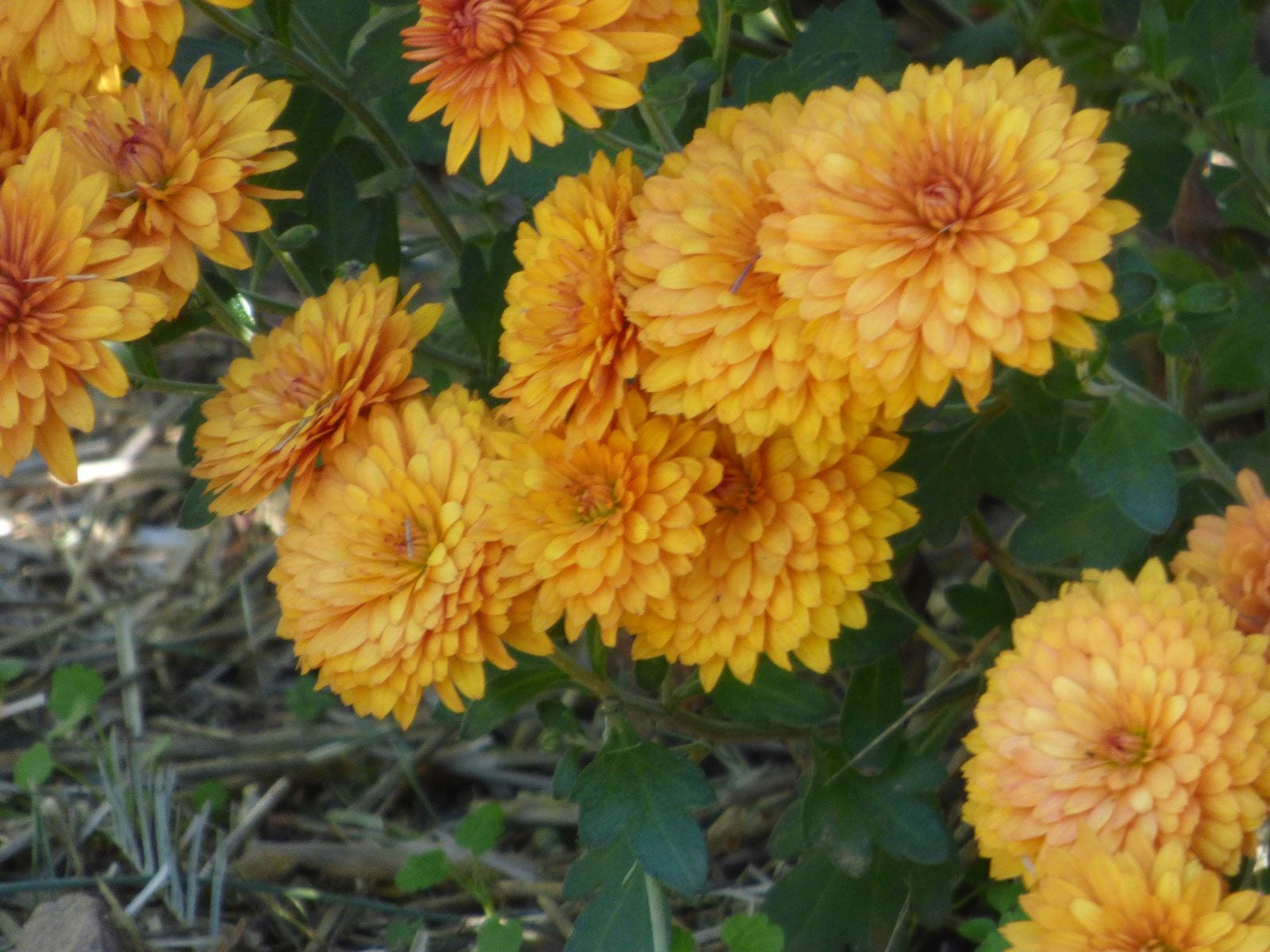


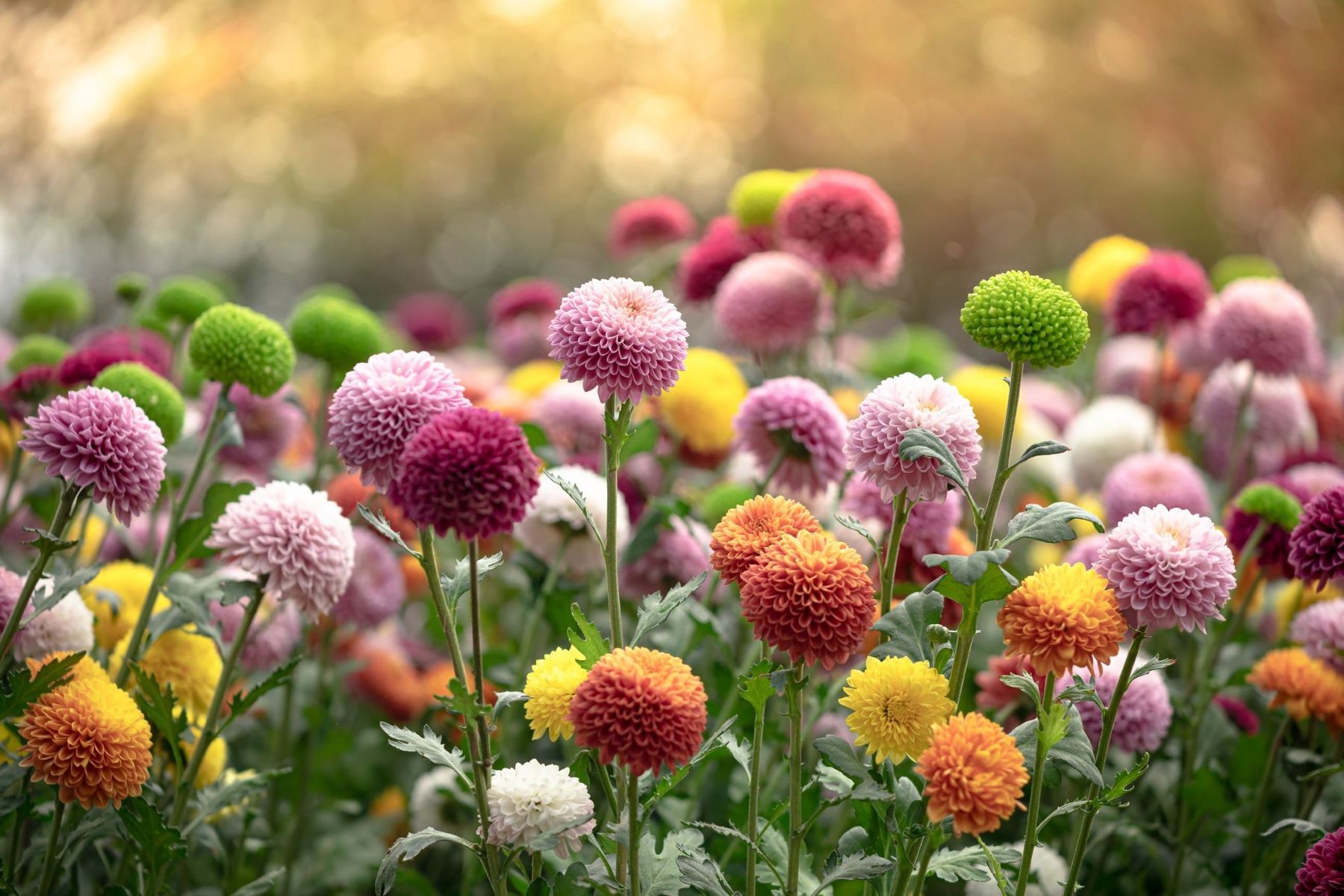
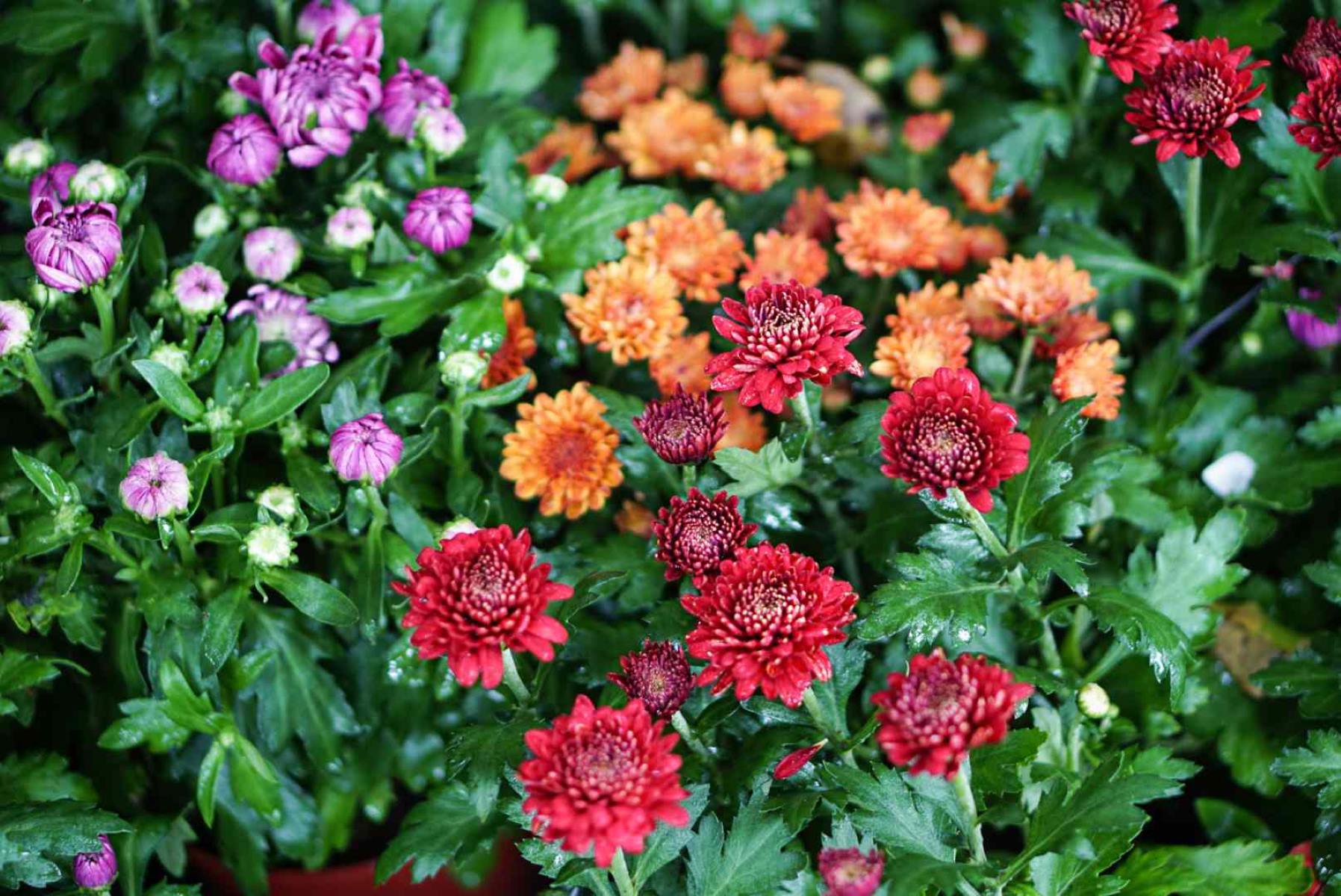

0 thoughts on “Mums: How To Grow”